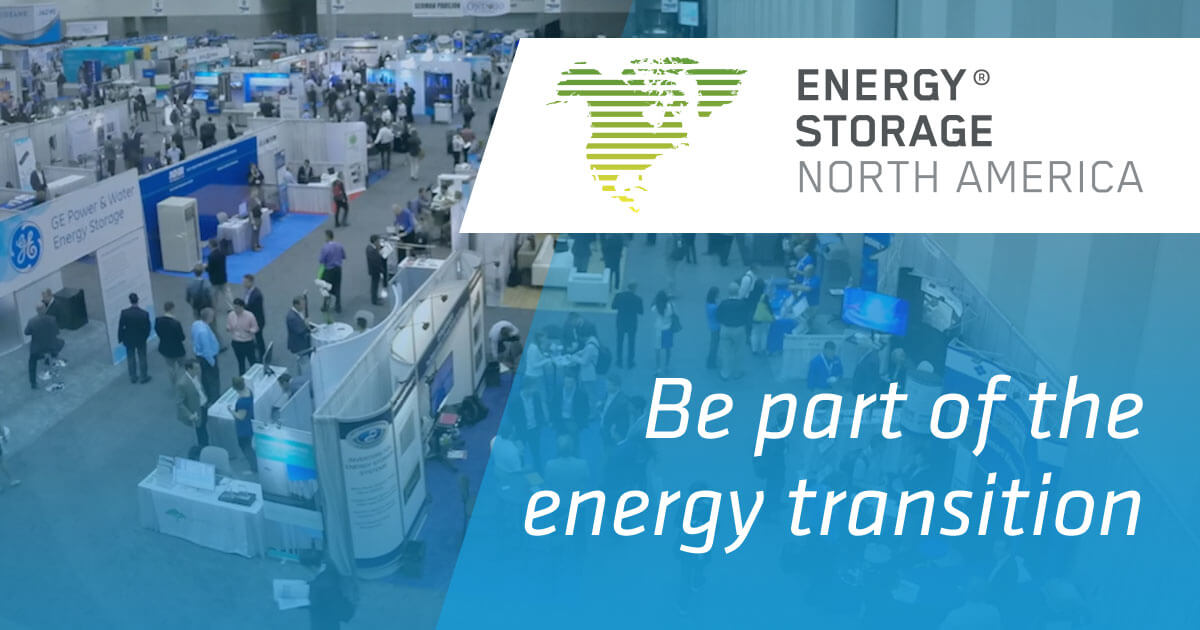High-Level Discussion of Energy Storage

Pumped storage hydroelectricity (PSH) is very efficient in terms of charge/discharge, but it required natural elevation changes and, obviously water. 97% of the Earth’s storage right now is PSH, but this will give way over time to the other modalities.
Although compressed air energy storage (CAES) can be quite efficient, it’s tricky in that the topography of the cavern in which the air is stored needs to be tailored to the rates of charge and discharge, to avoid steep thermodynamic penalties. Having said that, 2GreenEnergy supports a wonder effort in this space on its “Clean Energy Investment Opportunities” page; it’s a project that directly integrates CAES with the construction of a large wind farm in the central part of the U.S.
Chemical energy storage means using off-peak energy to form molecules that have the potential to undergo exothermic chemical reactions, i.e., those that leave products with lower enthalpy than their reactants. Hydrogen is the first thought that comes to one’s mind, though there are numerous reasons why this won’t work in today’s society that I’ve outlined in this post. Those interested in the subject should check out WindFuels, which synthesizes gasoline, high-grade diesel and jet fuel from point sources of CO2. It too can be found on the investment opps page.

Craig,
Obviously, I’m a proponent of chemical energy storage. I do believe that will be the dominant answer as the world progresses towards cleaner energy.
But in considering pumped hydrostorage, you need an elevation difference, not necessarily a topographical elevation difference.
If you look at the proposed ideas for CAES (something that I’m not optimistic on, but there’s no reason to belabor that here), in most cases the ideas rely on a deep underground reservoir. There’s no reason that underground cavern would not suit the purposes of a lower level reservoir for pumped hydrostorage.
The idea isn’t mine, underground pumped hydrostorage (UPHS) has been promoted for quite some time. But it stood out to me here, side-by-side with CAES. Does your company have a cost comparison between sealing the underground cavity against pressurized air vs just using it as a lower level reservoir pared with a surface pond for pumped hydrostorage?
Good point of the underground reservoir.
As far as I’m aware, no, the company has never entertained the thought of using using the subject reservoir for water, but I’ll ask about that.
Hi Craig:
This past week I have been measuring up and scoping a pumped hydro storage solution on Castaway Island Fiji, which it turns out is an excellent candidate for a pumped hydro solution with a 116 metres elevation and about 12 MLtr natural reservoir area around its peak requiring minimal earthworks and sealing.
Combined with an un-obtrusive 150-200 kW PV solution at about 5 metres above sea level, this combination will reduce the islands 2 deliveries of diesel for 3 gensets per week to 3 deliveries per month or better.
But I emphasis that pumped hydro storage is not an efficient power solution in general terms and should not be regarded as mainstream generation thinking – it is not! It is a boutique solution most appropriate under certain specific circumstances which in this particular case make it both a financially viable and responsible solution and these two attributes are important considerations for solutions design engineers.
Once again I refer to the “horses for courses” principle when evaluating commercially viable energy technologies solutions.
Lawrence Coomber
@Craig
At the small to medium scale, conventional hydro kinetic energy storage that is able to reliably; permanently, and cost effectively exploit the two ‘freebies’ of (rainwater catchment and gravity); place this form of generation potential at the head of all others given that the geographical ‘must haves’ all line up.
Outside of that though (at the utility scale) battery storage is only viable in a capacitive role in stabilising the grid, and compressed gas type generation is not a serious technology in any utility based scenario looking forward.
Lawrence Coomber